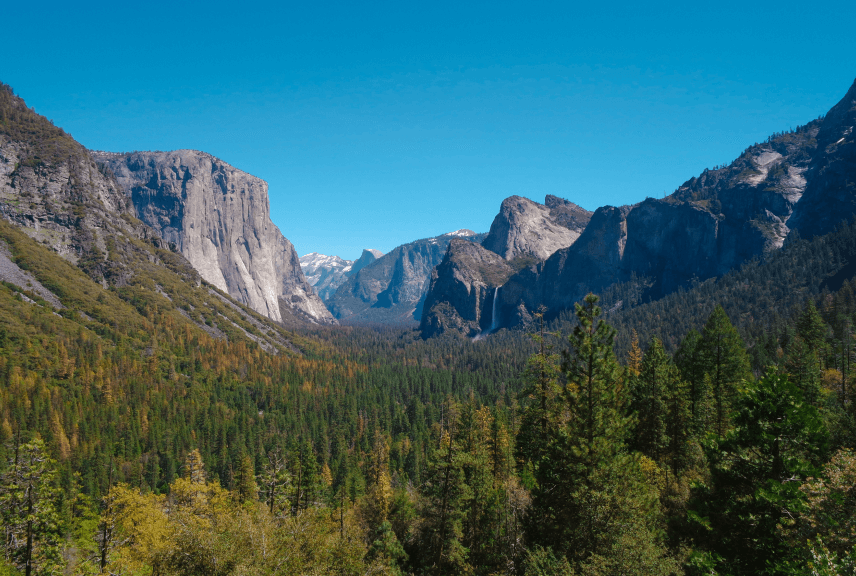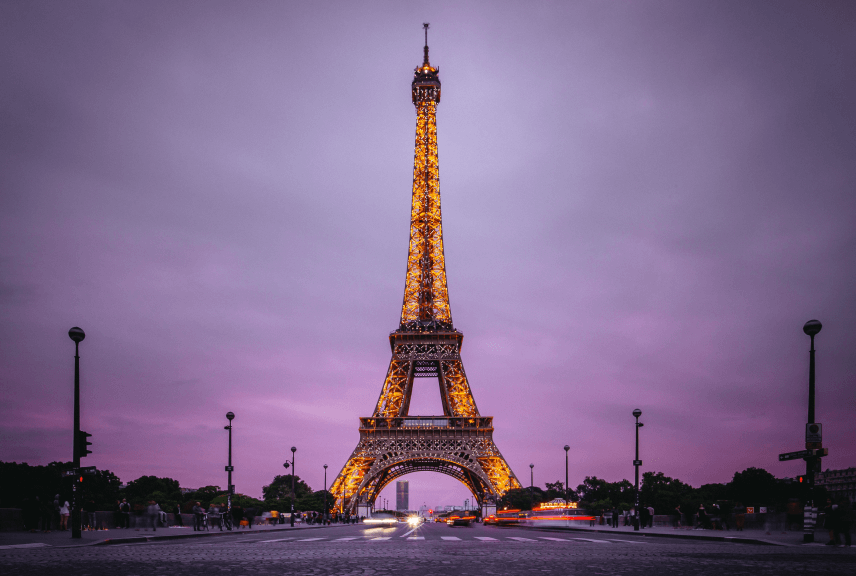Get Ready For An Unforgettable Experience Of Discovering The Historical And Natural Potential Of The Former Capital Of Roman Empire (Byzantine Empire) And Ottoman Empire Istanbul And The Cradle Of Civilizations Anatolia Together With Our Turkish Hospitality, the Mentality Of Turkish Hospitality Is Whatever Religion You Are From, Whichever Country You Come From, Whatever.
“As Napoleon once said, ‘If the world were only one country, Istanbul would be its capital!”


BOSPHORUS
Bosphorus Strait, which joins the Sea of Marmara with the Black Sea, 32 km north of the Galata Bridge. Over the centuries, the
The Bosphorus has been crossed by conquering armies, intrepid merchants, and many an adventurous spirit.These days, thousands of
natives of Istanbul commute along it; fishing vessels try their luck in its waters; huge tankers and container ships make a stately
progress down its central channel; and tourists ride the excursion ferries that ply its length. On one side is Europe, on the other Asia

ISTANBUL OLD CITY
Upscale Historic
Elegance Best Istanbul Hotels in the Old City, Walking Distance to the Grand Bazaar, Galata Tower. Nestled in the heart of Istanbul’s celebrated Old City in a majestically restored historical building that distinctly illuminates the beauty of Ottoman architecture, the IFM Tour Istanbul Old City hotel offers travelers an unparalleled upscale experience within walking distance of many of this vibrant, energetic city’s major sites.

HAGIA SOPHIA MUSEUM
Situated within the city of Istanbul, the Hagia Sophia Museum is set in a former basilica. For more than 1,000 years, this was one of the largest enclosed spaces in Europe. It became a mosque when the Ottomans arrived in the 15th century. In 1935, the city transformed it into a museum, showcasing the history of Islamic and foreign influences on Turkey.
Blue Mosque
Also within Istanbul, the fabulous Blue Mosque is one of the Islamic world’s most illustrious structures and gets its name from the blue-tiled interior walls. Built between 1609 and 1616, the mosque once stood as the center of Islamic faith within the Ottoman Empire. Its founder’s tomb is also found inside, but the highlight is its beautiful high ceiling, adorned with 20,000 tiles of intricate styling. The site is sometimes referred to as the Sultanahmet Mosque.
Topkapi Palace
Topkapi is the subject of more colorful stories than most of the world’s museums put together. Libidinous sultans, ambitious courtiers, beautiful concubines, and scheming eunuchs lived and worked here between the 15th and 19th centuries when it was the court of the Ottoman Empire. A visit to the palace’s opulent pavilions, jewel-filled Treasury, and sprawling Harem gives a fascinating glimpse into their lives.
CAPPADOCIA HISTORY

Cappadocia History The Cappadocian Region, located in the center of the Anatolian Region of Turkey, boasts valleys, canyons, hills, and unusual rock formations formed over thousands of years by the eroding forces of rain and wind. It lies between the volcanic mountains of Erciyes, Melendiz, and Hasan. The region is known for its troglodyte dwellings carved out of the rock and underground cities, giving it an otherworldly appearance. The eruptions of these mountains, once active volcanoes in geological times, ceased around 2 million years ago.
A soft tuff layer, 150 meters thick, was created by the lava flows in the valleys surrounded by the mountains. Rivers, floodwaters, and strong winds shaped the geological formations made of tuff on the plateau, resulting in bizarre shapes known as “fairy chimneys.” These formations come in various shapes, including mushroom-shaped, pinnacled, capped, and conical.
The prehistoric settlements in the area include Koskhoyuk (Kosk Mound) in Nigde, Aksaray Asikli Mound, Nevsehir Civelek cave, and, in the southeast, Kultepe, Kanis, and Alisar in the vicinity of Kayseri. This region, with its unique topographic features, was considered sacred and referred to in the Scythian/Khatti language as Khepatukha, meaning “the country of the people of the chief god Hepat.” There are also poetic claims about the region’s name, such as the Old Persian Katpatuka, which is said to mean “the land of beautiful horses.”
Remnants like the Cappadocian Tablets and Hittite works of art in Alisar date back to around 2000 B.C. After the 1200s B.C., the Tabal principality, a branch of the Khatti people, gained strength in the region. The ‘Sacred House’ in Cappadocia is a remarkable example of Greek architecture, originally constructed as a representation of its origins. Over time, it has been reconstructed in a blend of classic and neo-classic architectural styles, creating a unique and aesthetically pleasing structure. Its existence serves as an embodiment of an endogenous objective and a distinctive identity, driven by spiritual and aesthetic aspirations rather than commercial purposes.
UCHISAR CASTLE

This towering volcanic-rock outcrop stands as one of Cappadocia’s most prominent landmarks and is visible from miles around. It is riddled with tunnels and has been used for centuries by villagers as a refuge when enemy armies occupied the surrounding plains. Ascending the stairs to the panoramic viewpoint at its peak provides a sublime experience to watch the sunset over the rocky valleys of the Cappadocian countryside.
IHLARA VALLEY

Hiking the full trail between Ihlara village and Selime is a wonderfully serene day out in the countryside. Most visitors come on a tour and only walk the short stretch with most of the churches, entering via the 360 steps of the Ihlara Valley Tourist Facility ticket booth and exiting at Belisirma. This means that the rest of the path is blissfully peaceful, with farmers tilling their fields and shepherds grazing their flocks being the only people you’re likely to encounter.
DERINKUYU UNDERGROUND

The history of the district of Derinkuyu, formerly known as Melagobia (Malakapi), dates back to ancient times when life was harsh. Like many other underground cities in the Cappadocia region, it was one of the earliest places where Christians sought refuge. Over the course of history, it served as a hiding and refuge place during various wars in the area.
The Derinkuyu Underground City, with its seven floors and a depth of 85 meters, has the capacity to shelter thousands of people. Inside, you can find food storage areas, kitchens, stalls, churches, wine production facilities, ventilation chimneys, water wells, and even a missionary school.
AEGEAN REGION
The Aegean shores are among the most beautiful landscapes in the country. The stunning coastline, washed by the clear waters of the Aegean Sea, features expansive and unspoiled beaches framed by olive groves, rocky cliffs, and pine forests. Scattered with charming fishing harbors, popular vacation villages, and the remnants of ancient civilizations that bear witness to over 5,000 years of history, culture, and mythology, this region provides a holiday experience that caters to everyone’s tastes.
İZMİR HISTORY

The city’s name, Izmir, has its origins in the period following the settlement of Turks in Anatolia. It was first used by the Turks who established themselves in Anatolia. Archaeological research suggests that the initial settlements in the Gulf of Izmir were situated around the area now marked by the flag in the northeast.
The city’s early foundation was named Navluh Tepekule. Historical sources indicate that Izmir was organized for a second time around the period of Alexander the Great, particularly in the vicinity of Kadifekale.
Throughout its history, Izmir has undergone significant development and came under the rule of various civilizations. It has been a hub of trade and commerce throughout its rich history.
Izmir has always been at the forefront of trade. Caravans from Iran brought raw silk to Izmir, where it was sold to European traders. Similarly, goods from Europe were transported through Anatolia and Iran to reach Izmir.
In the 15th century, Izmir came under Ottoman rule, and during this period, it became a driving force for both economic and social life. On May 15, 1919, significant historical events unfolded.
PAMUKKALE

Pamukkale has gained everlasting fame due to the dazzling white calcite terraces, known as travertines, which are covered with warm, mineral-rich waters flowing down the mountain above the village. This natural wonder is often referred to as the ‘Cotton Castle’ (as ‘pamuk’ means ‘cotton’ in Turkish).
Located just above these travertines is Hierapolis, once a Roman and Byzantine spa city, which boasts substantial ruins and a museum. The UNESCO World Heritage status has led to protective measures to safeguard the gleaming cliffs, ending the days of unrestricted exploration. Nevertheless, the travertines remain one of Turkey’s unique attractions.
LAODIKEIA

Laodikeia is situated within the boundaries of the villages of Eskihisar, Goncalı, Korucuk, and Bozburun, located six kilometers north of the modern city of Denizli. The site is along the road to Pamukkale (Hierapolis), which is approximately ten kilometers to the north. Laodikeia is strategically positioned at the crossroads of major routes that connect western, central, and southern Anatolia.
Nestled amid the fertile plains of the Lycos River, Laodikeia is located on a high plateau, surrounded on three sides by rivers. To the northeast flows the Lycos River (modern Çürüksu), to the southeast lies the Kapros River (modern Başlıçay), and to the northwest is the Asopos River (modern Gümüşçay – Goncalı Deresi).
KUSADASI

Kusadasi is a popular destination for package tours and serves as the coastal gateway to Ephesus, which is Turkey’s busiest cruise port. While Kusadasi is not the top choice for the Aegean party scene, it offers an entertaining atmosphere with Irish pubs, discos, and multilingual touts that create a lively and memorable experience.
If you prefer to combine your visit to Ephesus with vibrant nightlife and scenic sea views rather than the rural ambiance of Selcuk, then Kusadasi could be the ideal choice for you. It features a variety of good hotels and restaurants, a surprisingly non-traditional bazaar, and two quieter old quarters.
The Great Theater of Ephesus

The Great Theatre was originally constructed during the Hellenistic period but underwent numerous renovations and modifications in the Roman era. The primary difference between Hellenistic and Roman theaters is that the Hellenistic ones were built into the side of a hill, while the Romans introduced the concept of free-standing massive walls. The construction of the Great Theater took 60 years to complete.
It stands as the largest theater in Asia Minor, capable of accommodating 25,000 people, including 24,000 seated and 1,000 standing attendees. Initially, it had two stories, but it was later expanded by one more story. This theater served not only for dramatic performances but also hosted social, political, economic, religious events, and gladiator games.
The name ‘theater’ is derived from the Greek word ‘Theatron,’ meaning ‘the place to observe.’ The semi-circular area in front was called the ‘orchestra,’ where performances took place. The stage building was referred to as the ‘Skene,’ which had two stories during the Hellenistic period and three during the Roman period. The reason for the three-story design was to enhance spectators’ focus on the performances. The seating section is known as the ‘cavea,’ and the circular access sections are
HISTORY OF CANAKKALE

The province of Canakkale is situated on both sides of the Dardanelles, a strait that connects the Sea of Marmara to the Aegean Sea. Its coastlines touch both Europe (with the Gelibolu Peninsula) and Asia (with the Biga Peninsula), and there are regular ferry services between the two sides. Canakkale Marina, along with marinas in Karabiga, Gelibolu, Bozcaada, and Kucukkuyu, welcomes colorful yachts passing through the strait, often making a stopover at Canakkale to explore this historically and mythologically rich area, which is the homeland of many well-known legends.
In the district of Kepez in Canakkale, there is a new pier equipped with bulk, general, passenger, Ro-Ro (roll-on/roll-off), warehouse, and open storage facilities. This pier serves as the closest passenger terminal to Troy for cruise ships.
Canakkale is home to a notable archaeological museum, featuring a diverse range of objects displayed in five different halls. These include Canakkale ceramics from the 17th to the 20th centuries, showcasing the city’s significant role in ceramic production during the Ottoman Empire. The museum also houses 19th-century chests of drawers used in the oldest mansions of Canakkale, exemplifying the craftsmanship of the era. Visitors can explore tomb steles from Kyzikos in Mysia and ancient towns in the Troas region, as well as artifacts from the famous site of Troy. The museum also displays art discovered in Can and Yenice tumulus dating back to the Hellenistic period, findings from the ruins of Dardanos tumulus dating from the 6th and 2nd centuries BC, and sculptural and architectural artifacts from Assos (Behramkale) and Gulpinar (Apollon Smintheion Holy Area). The museum is open every day from 08:30 am to 17:00 pm, except on Mondays.
The province of Canakkale has been the backdrop for two historically significant battles, one of which is the mythological
HISTORY OF ANTALYA

Antalya is a port city located on the Mediterranean coast of Turkey. Historically known as Adalya and referred to as Satalia in medieval Europe, the city is perched dramatically on steep cliffs overlooking the Gulf of Antalya. It ranks as the third most important Mediterranean port in Turkey, following Mersin and Iskenderun. However, the harbor in Antalya is not very deep, making it suitable only for ships with very shallow drafts. Larger vessels must anchor in the harbor’s vicinity and be serviced by tender boats.
In recent years, the city has experienced significant growth in tourism, leading to new avenues of development. With the exception of the scorching heat of July and August, Antalya enjoys a mild and sunny climate throughout the year. Its appeal lies in its seclusion from heavy industry, extensive beaches, palm-lined streets and parks, and the abundance of classical antiquity relics in the surrounding area, which has transformed it into a Turkish ‘Riviera.’
The city was initially founded by King Attalus II of Pergamum (reigned 159-138 B.C.) and was known as Attaleia. Prior to its capture by the Romans in 79 B.C., it was infamous as a pirate stronghold. Around 43 A.D., it became a senatorial province of the Roman Empire. Due to the significant increase in maritime activities, it surpassed older cities in importance.













